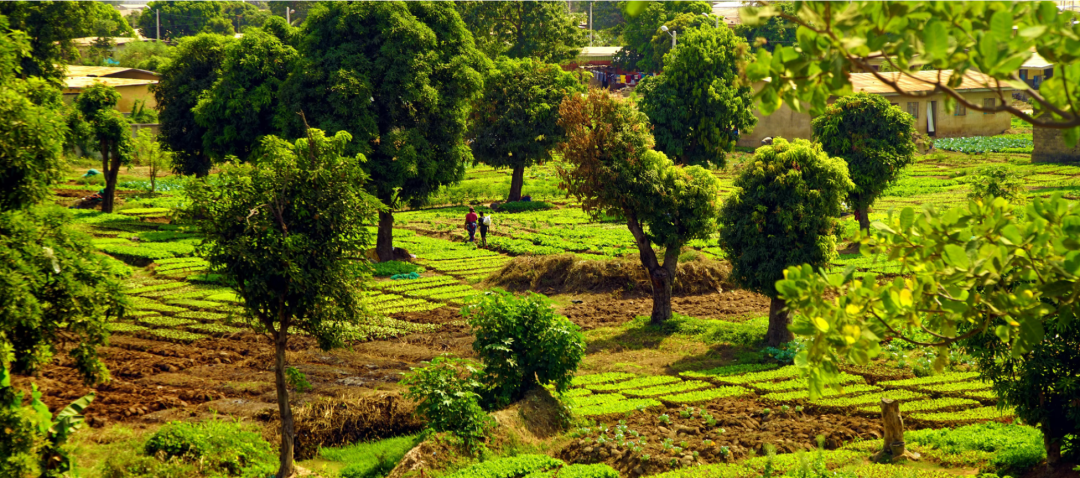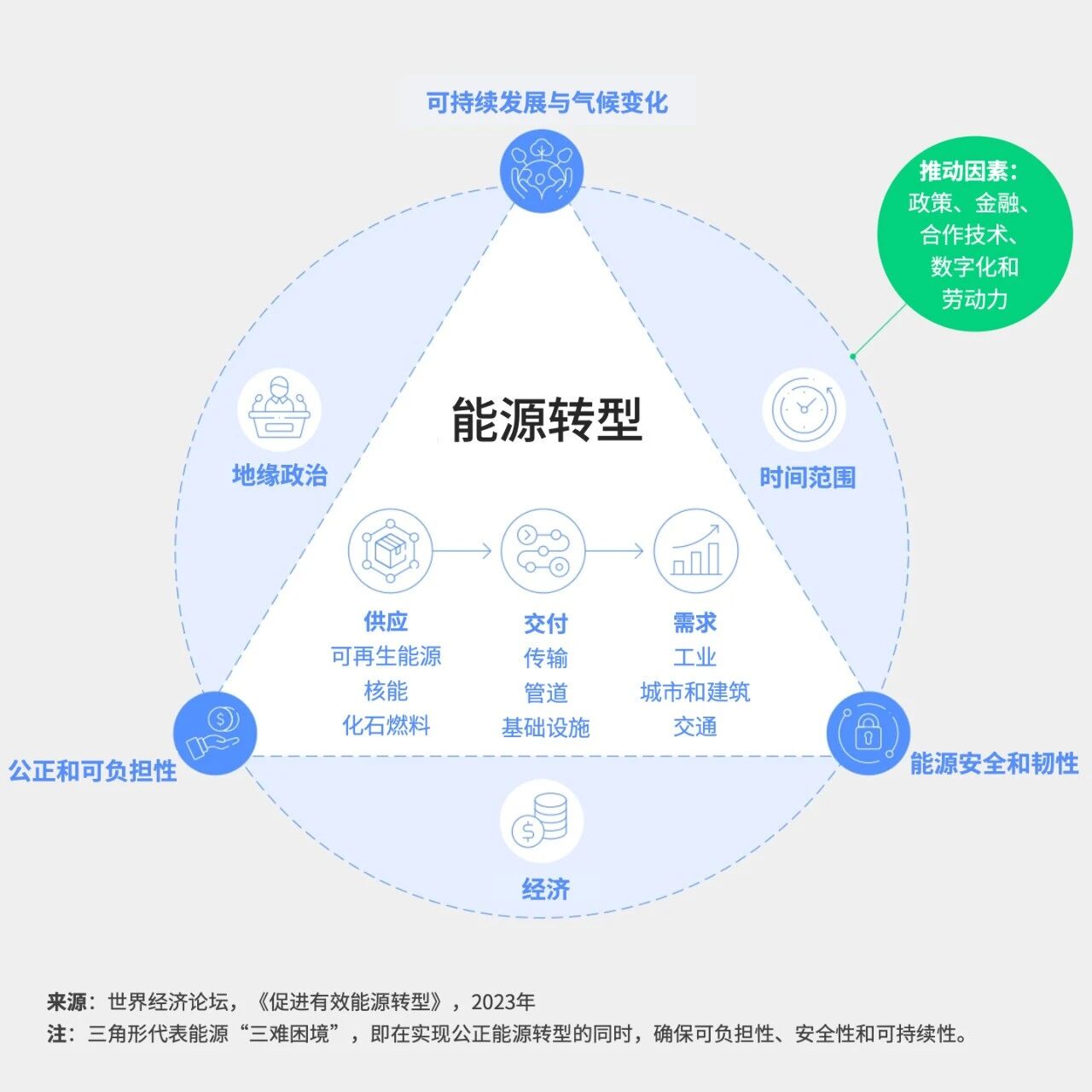

Africa's experience in mitigating climate change can offer valuable lessons for the world.
Image source: Jose Carlos Alexandre, Pexels
Lindelwe Lesley Ndlovu
Chief Executive Officer, Africa Risk Capacity Insurance Co., Ltd.
Africa loses up to 2-5% of its GDP annually due to climate shocks.
By 2030, the cost of adapting to climate change in sub-Saharan Africa could reach as high as $50 billion annually.
To rethink global climate responses, we must act early to support the most vulnerable communities and ensure that assistance is delivered through well-established systems.
Extreme weather events are becoming increasingly frequent and intense, challenging countries around the world to strengthen their preparedness and response capabilities for disaster management. For instance, some African nations lose between 2% and 5% of their GDP annually, with certain countries allocating as much as 9% of their budgets specifically to tackle climate-related shocks.
Over the past decade, solutions such as regional risk-sharing and pre-arranged disaster financing have emerged to address the funding gap for climate-related shocks. For instance, the African Risk Capacity Insurance Limited has provided early financial support to more than 160 million people across Africa through parametric insurance.
However, even with these tools, adaptation costs in sub-Saharan Africa could still reach $50 billion annually by 2030. Moreover, without a rethinking of climate response strategies, as many as 118 million of Africa’s most vulnerable people could continue to face threats from droughts, floods, and extreme heat.
Three transformations to achieve true climate resilience
To address today’s climate risks, we need to shift our mindset. Drawing from Africa’s valuable lessons, the following three key transformations could have a lasting impact on how the world tackles climate change.
1. Shifting from quantity to speed
If climate action is about protecting lives and livelihoods, then speed is just as crucial as funding. Even substantial financial investments lose their impact if they arrive too late.
If aid arrives in time, families can maintain their food consumption and avoid harmful coping strategies, such as selling off assets. Yet in many cases, assistance often comes long after the damage has already been done.
Africa's experience with mechanisms like the African Risk Capacity Insurance Limited Liability Company demonstrates that parametric insurance can deliver cross-border early funding and risk sharing. Over the past decade, AFRICA Risk Capacity has paid out more than $240 million to participating governments and partners. However, an independent assessment revealed that while these payouts were faster than those from traditional funding sources, they still fell short of the planned timeline.
To make climate responses truly effective, we must shift the focus from "how much funding is allocated" to "how quickly and effectively that funding is disbursed." This means eliminating bottlenecks in initiation, financial approval, and delivery. Tools like real-time climate data, automated triggers, and streamlined response frameworks can significantly reduce delays, ensuring that financing is deployed more efficiently. In disaster response, speed isn’t a luxury—it’s the key to preventing harm and minimizing losses.
2. From Coverage to Inclusion
Faster response is crucial, but we also need to ask: Who exactly is aid reaching? Climate risks don’t affect everyone equally. Often, response systems fail to meet the needs of those who require help the most.
For instance, women and girls are particularly vulnerable to the impacts of climate shocks. According to data from the United Nations Development Programme, women are 14 times more likely than men to die during disasters. Moreover, they often bear a heavier burden of unpaid caregiving responsibilities and are disproportionately exposed to post-disaster violence. In many countries, they also lack financial security, leaving them forced to deplete their savings or even take on debt after a crisis hits.
This isn’t just a matter of social justice—it’s also a significant economic opportunity. By 2030, the global women’s insurance market could reach $1.7 trillion. To unlock this potential, it’s essential to fully consider the needs of marginalized groups when designing solutions, hire a diverse workforce for delivery, and collaborate with trusted local leaders—especially women—to build trust and expand service channels.
Inclusivity also means recognizing how vulnerabilities are interconnected, as factors like age, disability, displacement, or low income often overlap. At the same time, we need to ensure that response systems are both accessible and equitable for everyone.
In climate response, the scope of coverage is just as critical as the speed of response. Inclusive systems can reduce risks and unlock resilience precisely where it’s needed most.
3. Shifting from central support to local funding
While funding is certainly important, it’s only the beginning. The real impact depends on how the aid is accessed, utilized, and sustained over time.
Evidence shows that when a country has emergency plans, well-trained personnel, and coordinated mechanisms in place, it is better equipped to deliver effective assistance. For instance, early warning systems combined with robust implementation plans can help expedite aid before families resort to harmful coping strategies.
On the contrary, issues such as unclear responsibilities, delayed funding allocations, or fragmented procurement processes can undermine even the most well-designed spending plans. Therefore, support must be paired with capacity-building efforts to strengthen institutional frameworks, refine testing mechanisms, and ensure local ownership and autonomy.
Africa's experience shows that supporting national governments in building technical expertise, tailoring risk models, and establishing multi-agency coordination teams can enhance their capacity to respond effectively. However, this also requires sustainability—particularly the presence of stable institutions capable of mastering knowledge and reacting swiftly when needed.
A single financial allocation may trigger action, but long-term resilience hinges on a nation’s ability to effectively "absorb, adapt, and implement" its funding.
What's the next step?
In many cases, risk models and climate platforms exist, but they cannot be used effectively due to staff shortages or lack of awareness.
The following feasible approaches may help address these issues:
Aligning risk financing with national development strategies
Strengthening the legal framework and financial system before a disaster strikes
Enhance targeting and inclusivity, with a particular focus on strengthening the precise identification and outreach to marginalized groups.
Expand partnerships with frontline stakeholders to enhance local response capabilities.
Use data to build trust in early action and optimize response times.
From emergency preparedness plans to rapid drills, scaling up effective practices can transform "early-stage funding" into "swift and efficient response." In many cases, the real bottleneck isn’t funding—it’s the level of readiness.
It's time to redefine climate action measures.
As climate-related extreme events continue to escalate, we can no longer afford to act only after the fact. The past decade has shown that when financial tools, data, and strategic planning are combined, early action becomes both feasible and effective.
However, the future of climate action depends not only on how much is spent, but also on how systems evolve to predict, adapt, and empower. If we want to turn risks into resilience, we need faster support from all regions—and the ability to build more inclusive, widely accessible frameworks alongside stronger local autonomy.

The above content solely represents the author's personal views.This article is translated from the World Economic Forum's Agenda blog; the Chinese version is for reference purposes only.Feel free to share this in your WeChat Moments; please leave a comment at the end of the post or on our official account if you’d like to republish.
Editor: Wang Can
The World Economic Forum is an independent and neutral platform dedicated to bringing together diverse perspectives to discuss critical global, regional, and industry-specific issues.
Follow us on Weibo, WeChat Video Accounts, Douyin, and Xiaohongshu!
"World Economic Forum"


